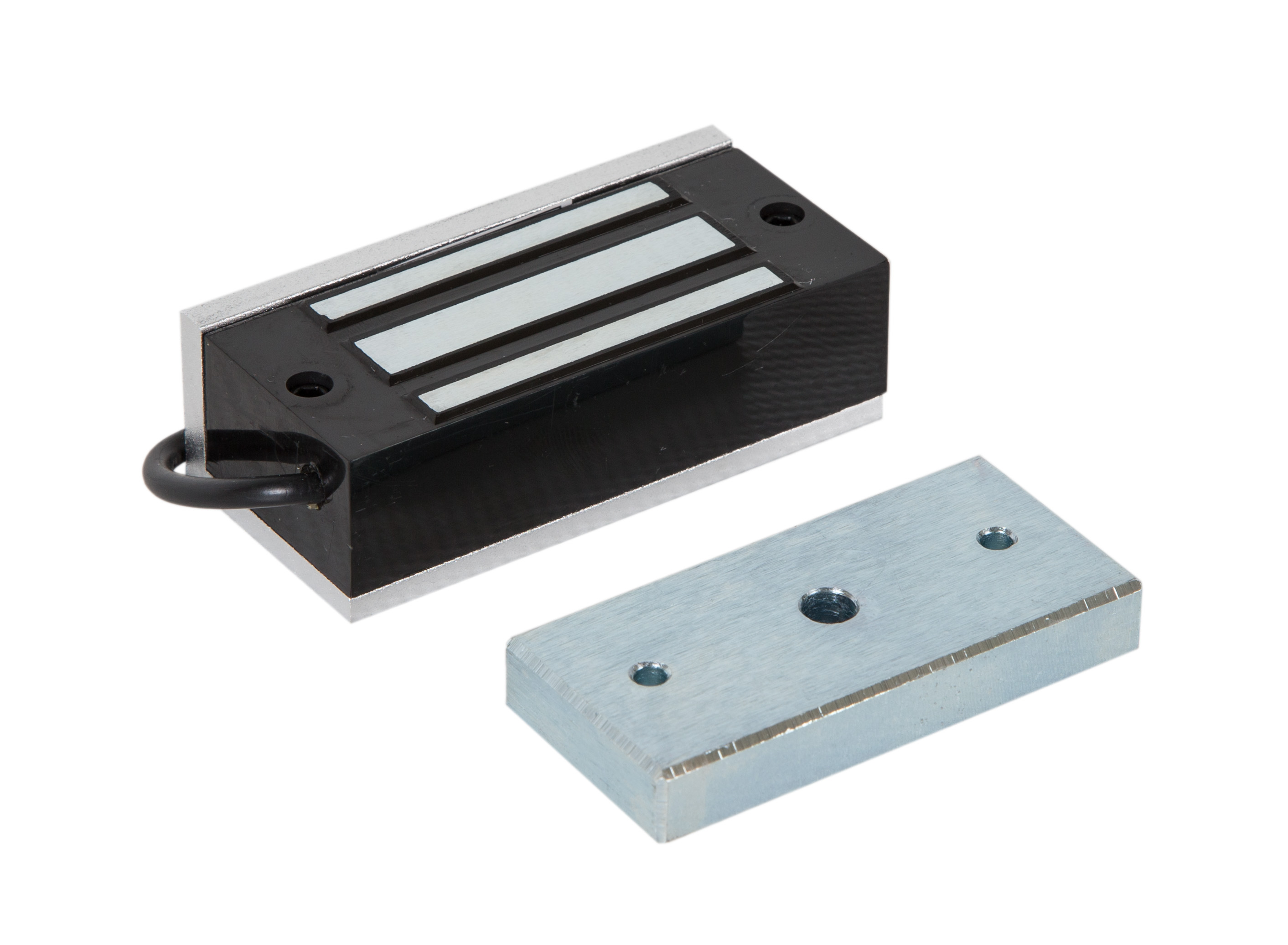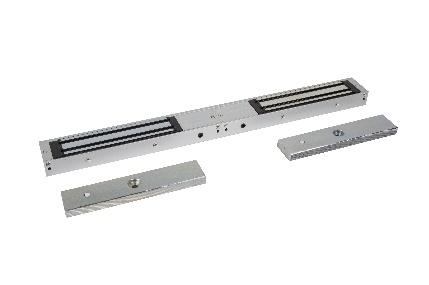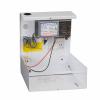
When choosing which maglock to choose, you have to take a number of factors into account – not just in relation to the magnetic lock itself, but also the type and size of door, what the purpose of the door is and the frequency of usage.
RGL have a range of magnetic locks, but to break it down simply they come in 4 distinct sizes:

-
ML100 – this provides around 100lb or 60kg of holding force. This is ideal for use on cabinets, boxes, machines and a number of other bespoke access control solutions.
-
ML300 – this provides up to 300lb or 180kg of holding force, and is most commonly used on low risk access control projects and in places where space may be an issue. Is suitable for most jobs, but often overlooked in favour of the mini maglock.
-
ML600 – the slimline or mini maglock as it’s otherwise known. These are the most popular locks in the access control industry. They provide up to 600lb or 280kg of holding force. They are suitable for most door types and provide a large amount of holding force in a condensed locking solution.
-
ML1200 – the largest lock in our range, providing up to 1200lb or 545kg of holding force. These weigh in at 4.5kg each, so are only suitable for heavy duty doors – where a high level of access control security is required.
So now you’ve picked the holding force, the next question you need to decide is whether you need an unmonitored maglock or a monitored maglock.
-
The unmonitored lock (e.g. ML600) is just a basic lock with no external sensors to confirm whether the magnet is locked or unlocked.
-
The monitored maglock (e.g. ML600-M), give you access to external monitoring devices which can give an external indication to (sound or visual) to confirm that the door has been opened. Useful if you have an unmanned reception or front gate.
The next choice is fairly simple, do you have a single door or a double set of doors?

-
For a single door you can choose the magnet codes we’ve already been discussing.
-
For a double door, you can choose a double magnetic lock (e.g. ML600-D or ML600-D-M). This is essentially two singlet maglocks joined together in the middle.
The final choice when picking which maglock to use is what kind of bracketry you need to purchase with it (if any)
-
Most magnetic locks automatically come with a mounting plate on the top of them. This enables you to install the maglock on an outward opening door, as long as there is sufficient space to install it on the underside of the doorframe.
-
If there is insufficient space on the door frame then you may need to purchase an ‘L’ bracket (e.g. BK600L). This enable the maglock to be mounted onto the outside of the frame and the armature plate would be fitted onto the door. Again this is for outward opening doors.
-
If you have an inward opening door then you will need to install a ‘ZL’ bracket or ‘FL’ bracket. This allows the maglock to be fitted onto the door frame, and the armature fits onto the Z or F bracket onto the door itself (e.g. BK600ZL or BK600F-L).
-
If you are using a double maglock, then we have the option to use either the BK600-D-L or BK600D-ZL, these are brand new onto the market and have revolutionised the way double maglocks can be fitted. Automatically turning them into a one person job (where it is likely you would have needed two in the past)
-
Finally, if you are installing them onto a glass door – then you can use the BK600U, which allows you to attach the armature plate onto the door itself.

LATEST BLOGS






